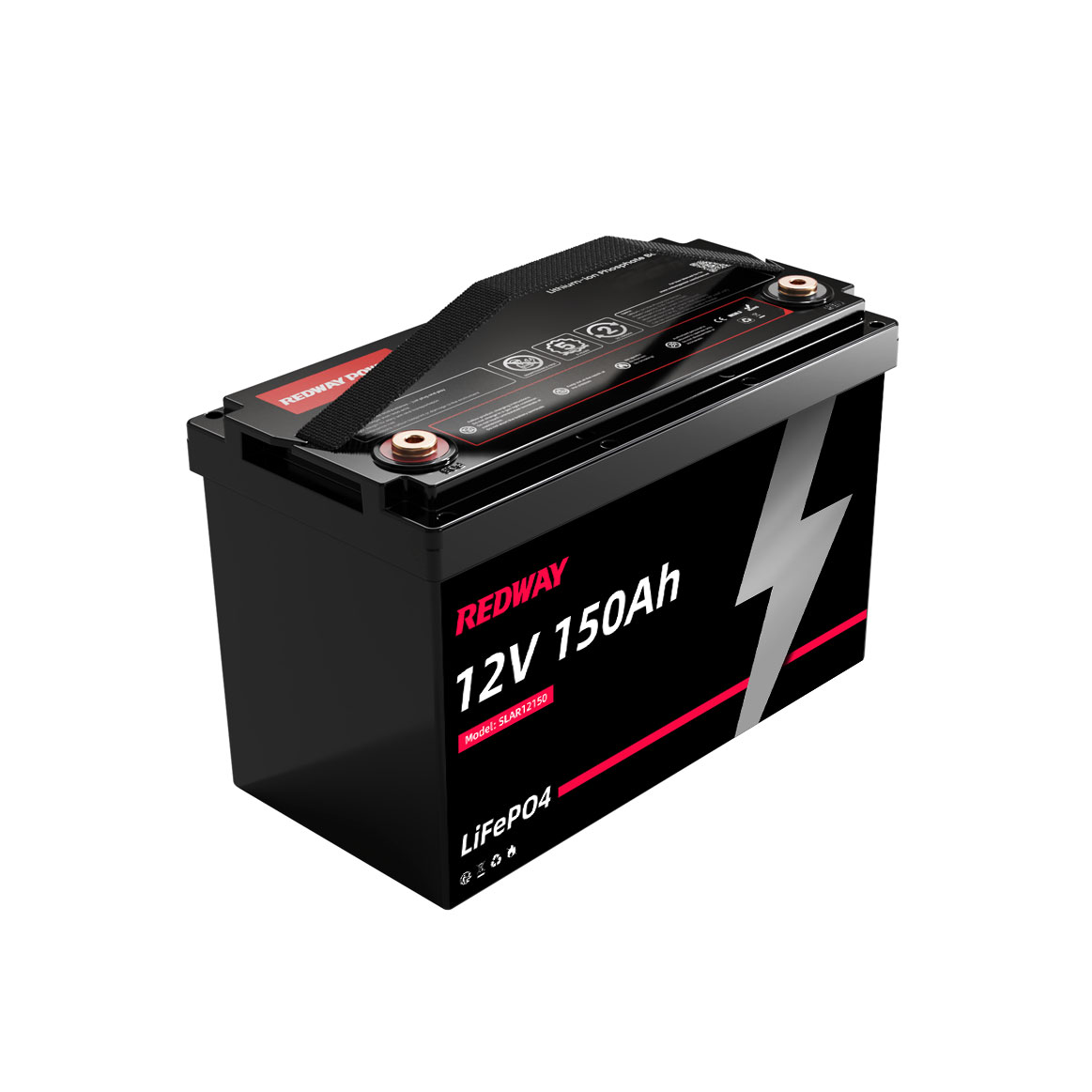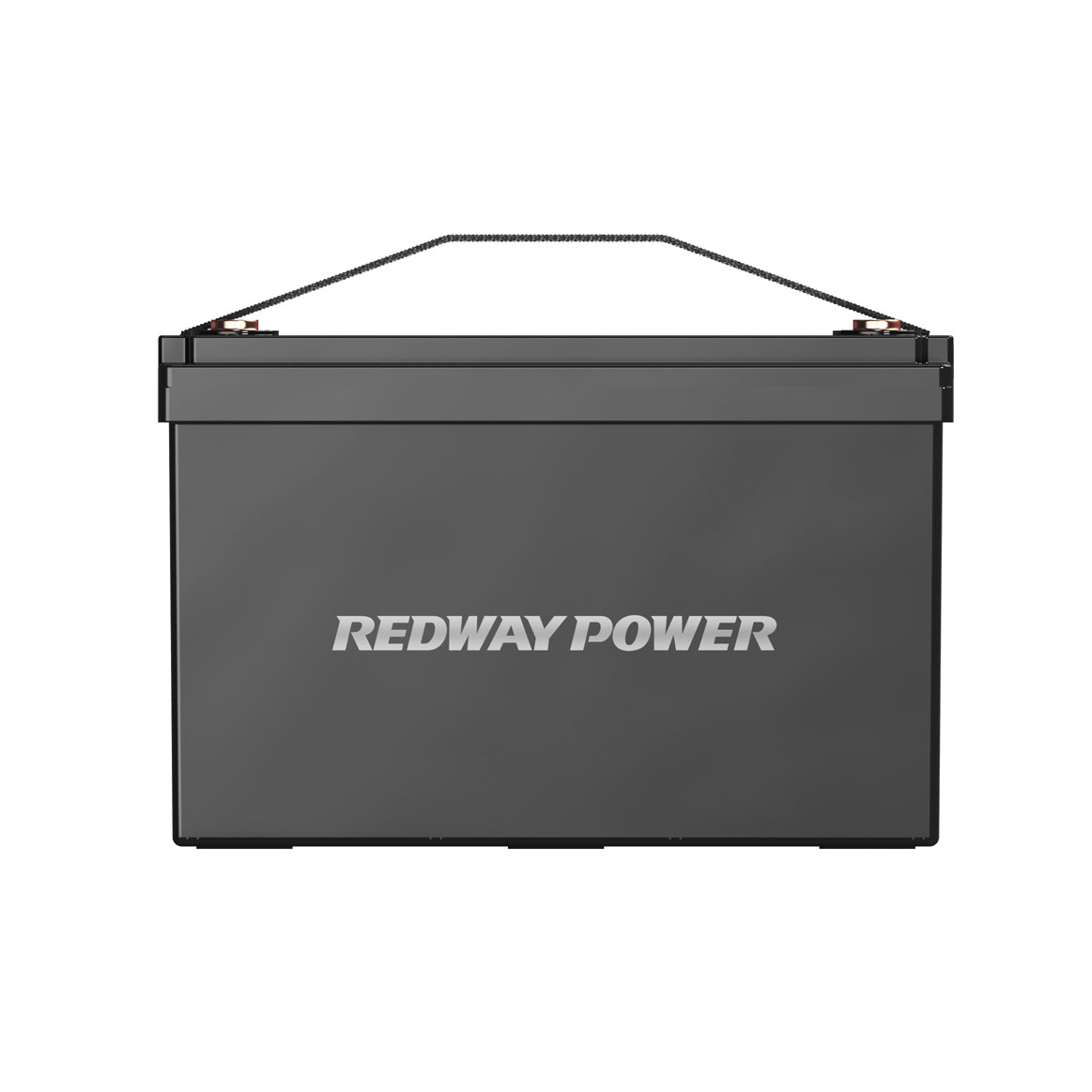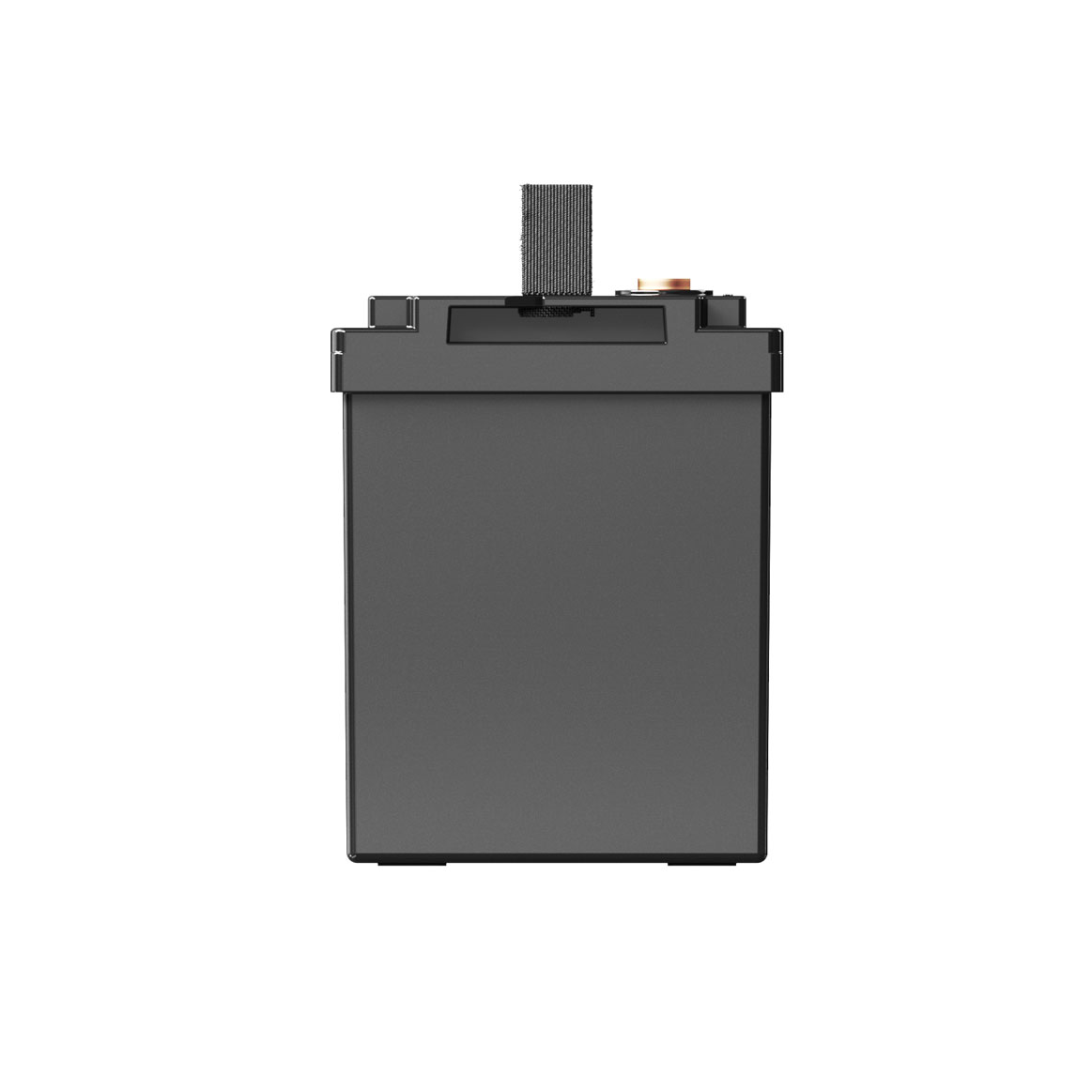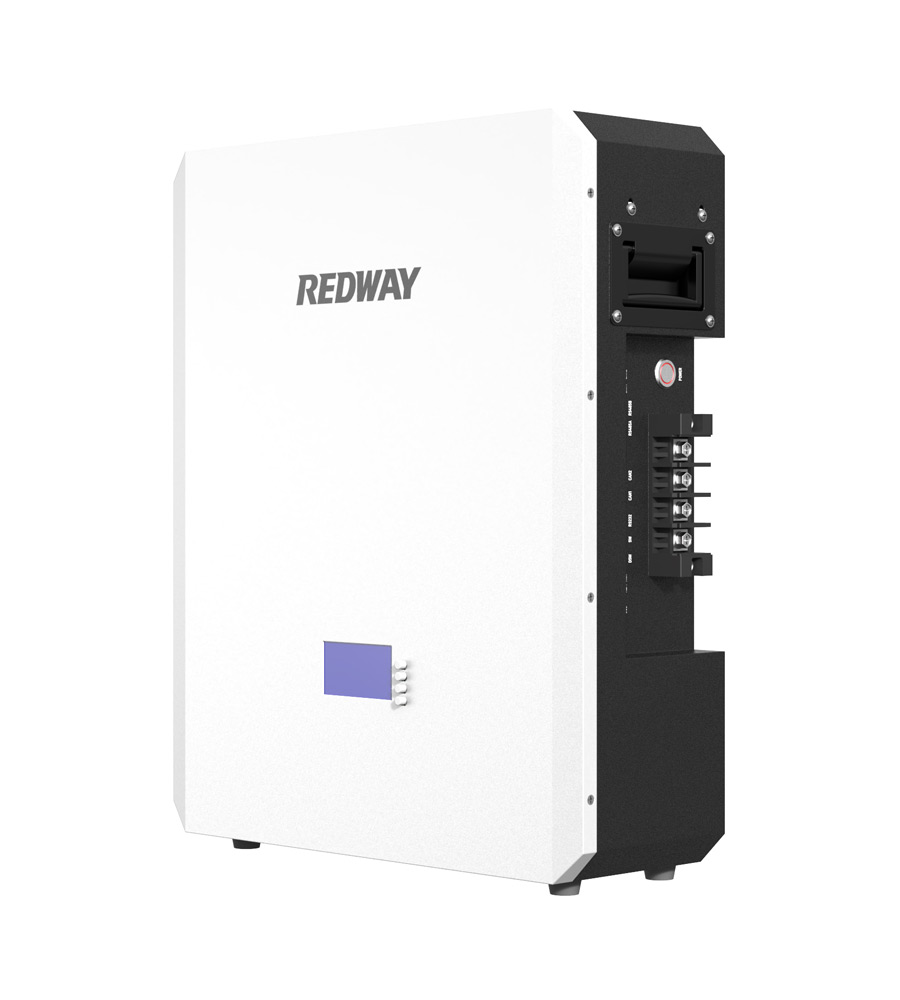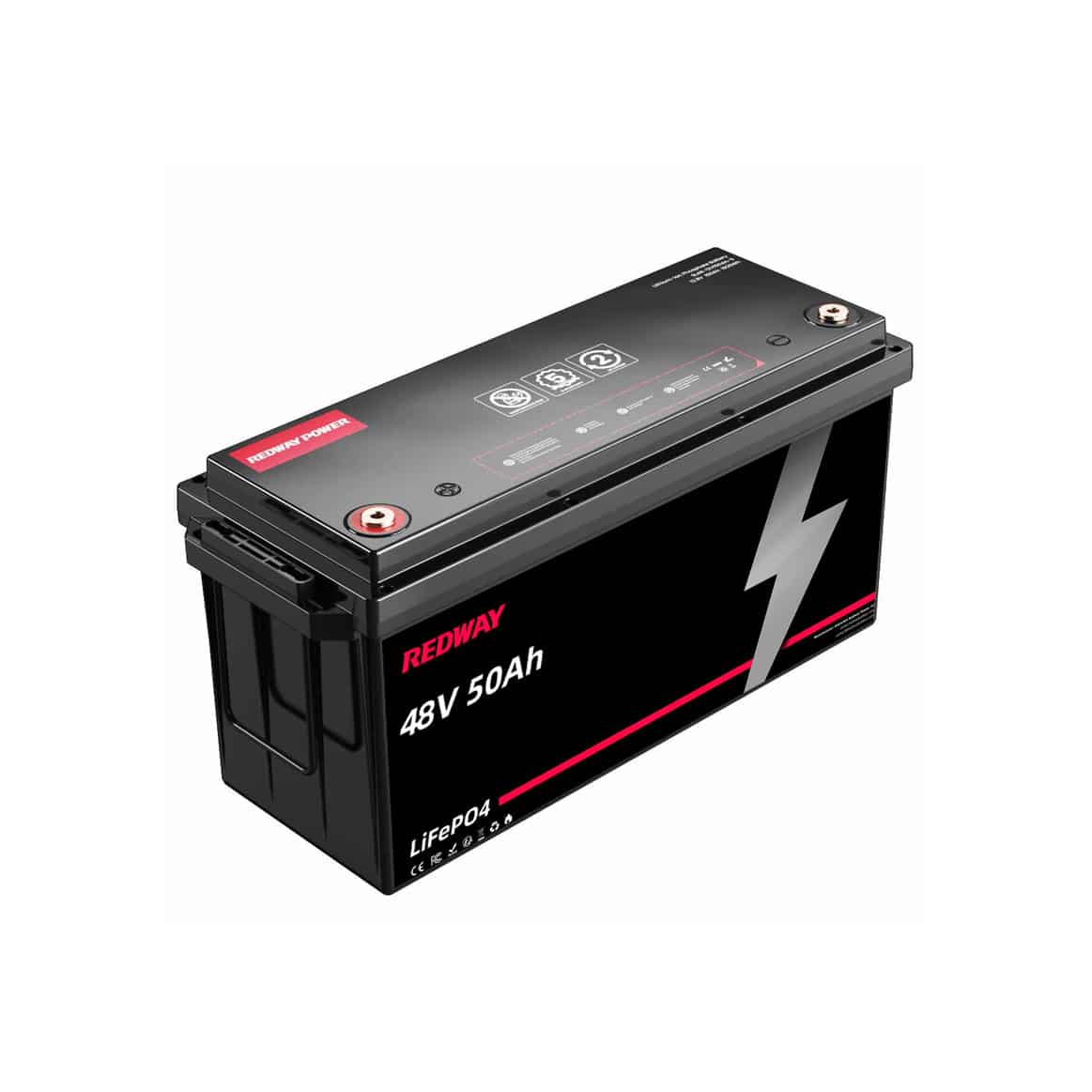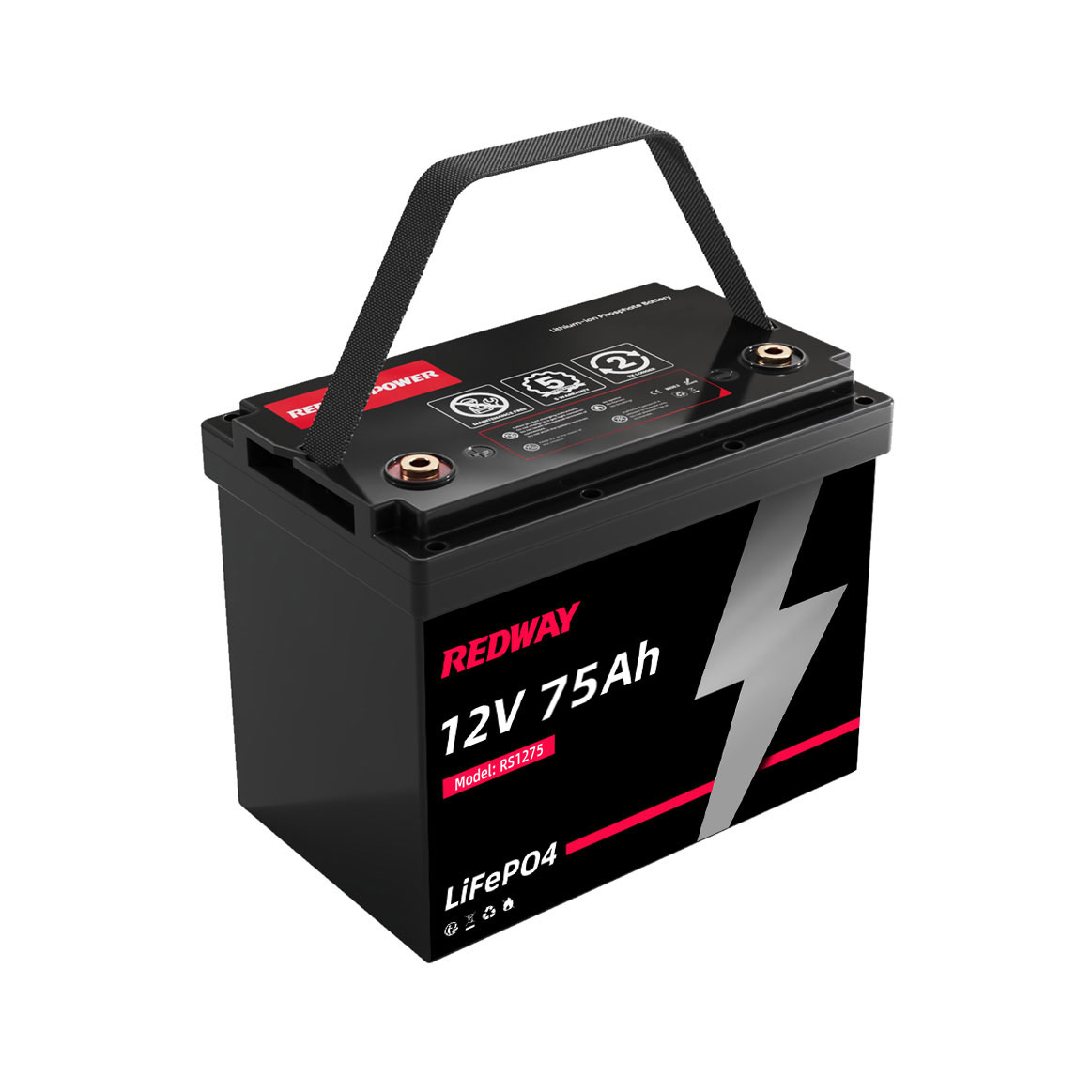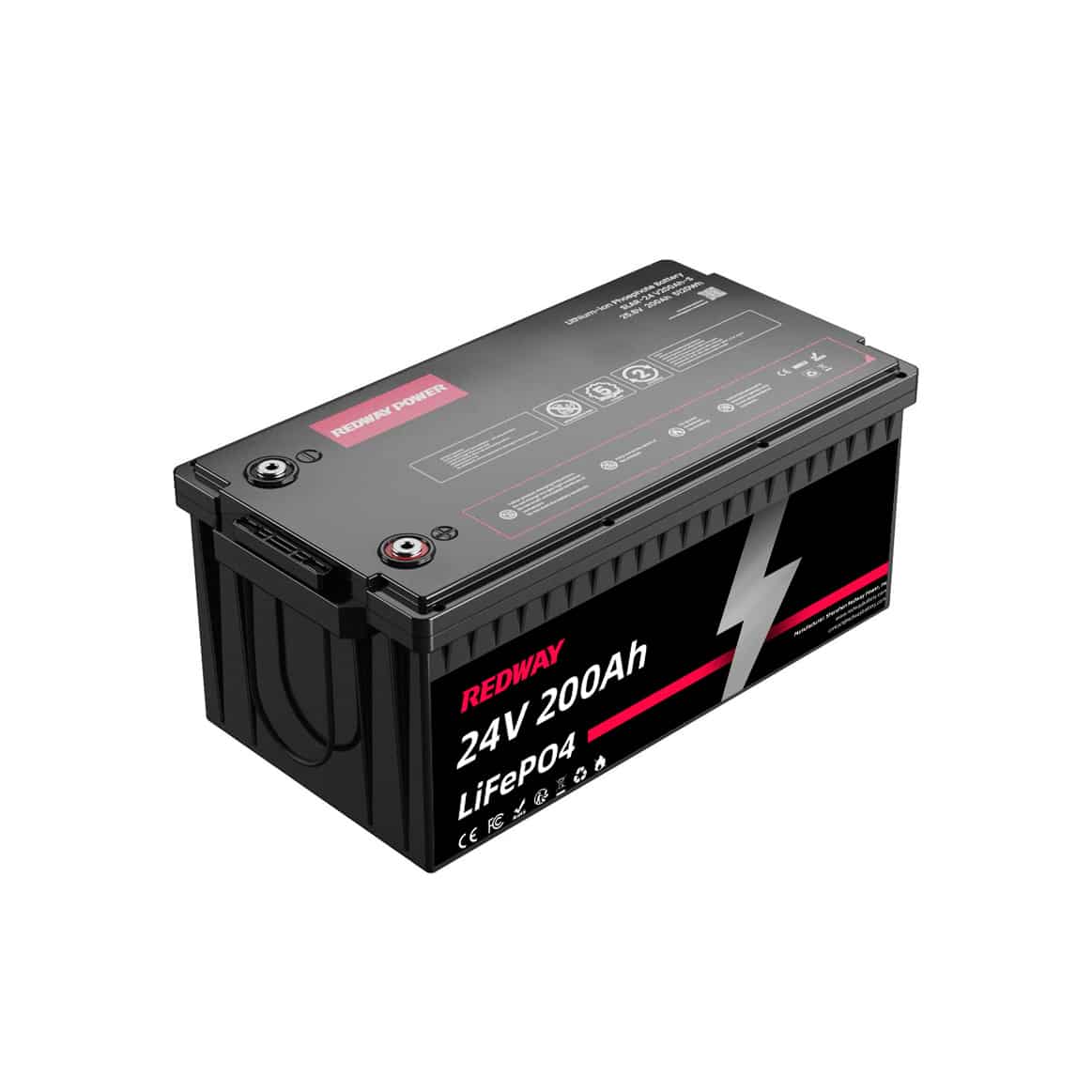FAQs
How long will a Group 31 12V 150Ah lithium-ion battery last?
Wondering how long a 12V 150AH lithium battery lasts? It depends on factors like charging cycles and usage. Typically, lithium batteries endure around 500 cycles, while LiFePO4 types can last thousands. For estimation, with a 300W/hr load, it may run for 5-6 hours when fully charged. Following proper charging and maintenance practices can maximize its lifespan.
Let’s break it down:
- Battery Lifespan: Lithium batteries, known for durability, can handle around 500 charging cycles. However, LiFePO4 variants, like the 12V 150AH, can last even longer, sometimes thousands of cycles.
- Runtime Estimate: Imagine you’re using a 300W/hr load. In this case, a fully charged battery might run for about 5-6 hours. Remember, actual runtime can vary based on factors like load size and battery condition.
- Maintenance Matters: To extend battery life, it’s crucial to follow proper charging methods and perform regular maintenance. This ensures optimal performance and longevity.
What is a Group 31 lithium battery?
A Group 31 lithium battery is a lightweight lithium battery that substantially reduces the total weight associated with its application. These batteries offer high energy density, providing more power for devices with higher consumption needs. They charge fast and require no maintenance.
-
Lightweight and Weight Reduction: Group 31 lithium batteries are known for their lightweight nature, which significantly reduces the total weight associated with their application. This makes them ideal for use in various industries where weight considerations are crucial.
-
High Energy Density: These batteries offer high energy density, meaning they can provide more power for devices with higher consumption needs. With their increased energy density, Group 31 lithium batteries can deliver sustained performance and reliable power supply.
-
Fast Charging and Maintenance-Free: Group 31 lithium batteries charge quickly, allowing for shorter charging times and reduced downtime. Additionally, they require no regular maintenance, making them convenient and hassle-free to use.
How long will a 150Ah lithium battery last?
A 150Ah lithium battery can last for several years, providing long-term power supply for various applications. While the exact lifespan may vary depending on usage and maintenance, these batteries are designed to be durable and can offer a service life of up to 10 years, making them a cost-effective choice in the long run.
-
Lifespan Variation: The actual lifespan of a 150Ah lithium battery can vary depending on factors such as usage patterns, charging practices, and environmental conditions. However, with proper care and maintenance, these batteries are designed to provide reliable power supply for an extended period.
-
Long-Term Durability: 150Ah lithium batteries are known for their durability and longevity. They are designed to withstand repeated charging and discharging cycles, offering consistent performance over time. This makes them a cost-effective choice, as they can provide reliable power for several years without the need for frequent replacements.
-
Up to 10 Years of Service: While the exact lifespan may vary, a 150Ah lithium battery can offer a service life of up to 10 years. This means that you can rely on these batteries for long-term power supply, reducing the need for frequent battery replacements and saving costs in the long run.
How long does it take to charge a 12V 150Ah battery?
Charging a 12V 150Ah battery typically takes around 4 to 5 hours to reach 100% charge. However, the actual charging time can vary depending on factors such as the charging method, battery condition, and charging efficiency. It’s important to consider these factors when planning the charging time for a 12V 150Ah battery.
-
Charging Time Variation: The actual time required to charge a 12V 150Ah battery can vary depending on several factors. These factors include the charging method, battery condition, and charging efficiency. As a general estimate, it can take around 4 to 5 hours to fully charge a 12V 150Ah battery.
-
Factors Affecting Charging Time: The charging time can be influenced by the charging method used. Different charging methods, such as using a solar panel or a dedicated battery charger, may have different charging rates. Additionally, the condition of the battery, including its current charge level and overall health, can impact the charging time.
-
Importance of Efficient Charging: To ensure optimal charging time, it is essential to use an appropriate charging method and maintain the battery in good condition. Following manufacturer guidelines and using compatible charging equipment can help maximize the charging efficiency and reduce the overall charging time.
What is the lifespan of a 12V lithium battery?
The lifespan of a 12V lithium battery can vary depending on factors such as the specific type of battery, usage patterns, and maintenance practices. Generally, lithium-ion batteries have a minimum expected lifespan of around 5 years or at least 2,000 charging cycles. With proper care and usage, they can last as long as 3,000 cycles or more, making them a durable and reliable power source.
-
Lifespan Variation: The actual lifespan of a 12V lithium battery can vary depending on several factors, including the specific type of lithium battery, usage patterns, and maintenance practices. Generally, lithium-ion batteries have a minimum expected lifespan of around 5 years or at least 2,000 charging cycles.
-
Usage and Maintenance: The lifespan of a lithium battery can be influenced by how it is used and maintained. Factors such as the frequency of charging and discharging cycles, the depth of discharge, and the temperature at which the battery operates can impact its overall lifespan. Proper care and maintenance, such as avoiding overcharging or deep discharging, can help extend the battery’s lifespan.
-
Durability and Reliability: Despite the variations in lifespan, lithium-ion batteries are known for their durability and reliability. With a minimum expected lifespan of around 5 years or at least 2,000 charging cycles, these batteries can provide long-term power supply for various applications. Additionally, advancements in battery technology continue to improve the lifespan and performance of lithium batteries.
Why is my 12v lithium battery not charging?
If your 12V lithium battery isn’t charging, it could be due to various reasons. Common causes include a faulty charger, BMS failure, damaged charging system components, or over-discharged battery. Check connections, inspect the BMS and charging system, and avoid charging in extreme temperatures. For further assistance, consult the manufacturer or a professional. Follow safety precautions during troubleshooting.
Facing issues with a 12V lithium battery not charging can be frustrating, but let’s break down why it might be happening and what you can do about it:
- Check the Charger: First, make sure your charger is working correctly and properly connected. A faulty charger can prevent the battery from charging.
- Inspect the Battery Management System (BMS): The BMS plays a crucial role in overseeing the battery’s condition. If it’s not functioning correctly, it could be hindering the charging process.
- Examine the Charging System: Look for any damage to the charging system components, like wires, connectors, or fuses. Damaged parts can interrupt the charging process.
- Consider Battery State: If the battery has been overly discharged, it might not accept a charge. Attempt alternative charging methods to bring the voltage back up.
- Avoid Extreme Temperatures: Charging lithium batteries in extremely cold or hot conditions can affect their performance. Try to charge them in moderate temperatures for optimal results.
By troubleshooting these areas, you can often identify and resolve the issue causing your lithium battery not to charge. If problems persist, seek assistance from a professional or the battery manufacturer. Always prioritize safety when dealing with electrical components.
What is the maximum charging current for a 12V 150Ah battery?
The maximum charging current for a 12V 150Ah battery is 30 amps. It’s crucial not to exceed this limit to ensure safe and efficient charging. If you’re using a charge controller, it will automatically adjust the current based on the battery’s condition. Always follow the battery’s specifications and recommended guidelines to avoid damaging the battery and prolong its lifespan.
When charging a 12V 150Ah battery, it’s crucial to know the maximum current it can handle to avoid damaging it.
How does lithium voltage stability aid engine start?
Lithium voltage stability is crucial for engine start as it ensures a consistent and reliable power supply. With their stable voltage output, lithium batteries like LiFePO4 batteries deliver the necessary voltage for engine ignition, even in challenging conditions. The stability of lithium batteries prevents voltage drops and fluctuations, enabling efficient engine starting and optimal performance.
What assures quality in CHARGEX® warranty?
The quality in CHARGEX® warranty is assured through a few key elements. Firstly, the warranty provides coverage for a specific duration, typically one year, ensuring that the product is free from defects within that period. Secondly, the warranty emphasizes the importance of proper installation and replacement of the battery if needed. By offering a guarantee against defects in workmanship and materials, the CHARGEX® warranty provides customers with assurance of quality and reliability.
What are advantages of CHARGEX® BPS?
The CHARGEX® BPS (Battery Protection System) provides several advantages. It safeguards the cells by opening at a specific voltage, preventing excessive current flow and ensuring the safety and durability of the battery. The CHARGEX® BPS is equipped with a high-output internal Battery Management System (BMS) that efficiently manages and protects the battery, optimizing its performance and reliability.
How does CHARGEX® modular design increase capacity?
The CHARGEX® modular design increases capacity through its scalable and expandable charging system. By adding expansion modules, each with a maximum charging capacity, the overall capacity can be expanded. This modular approach allows for flexibility and cost-effectiveness, as the charging system can be tailored and expanded based on requirements. With the CHARGEX® modular design, charging capacity can be optimized, ensuring efficient utilization of resources.
How do CHARGEX® batteries compare to lead-acid?
CHARGEX® batteries outperform lead-acid batteries in several key aspects. With an efficiency rate of around 95%, CHARGEX® batteries ensure that a higher percentage of stored energy is utilized, compared to the 80-85% efficiency of lead-acid batteries. Moreover, CHARGEX® batteries offer superior durability, with a lifespan of approximately 1000 cycles or more, while lead-acid batteries typically last around 300-500 cycles. This longer cycle life, combined with a lower cost of ownership, makes CHARGEX® batteries a more cost-effective choice. Experience the benefits of CHARGEX® batteries with their higher efficiency, extended lifespan, and overall superior performance.
What highlights CHARGEX® lithium-ion battery benefits?
CHARGEX® lithium-ion batteries stand out with their exceptional benefits. With a high energy density, they can store more power in a compact size, making them perfect for portable applications. Furthermore, these batteries have no memory effect, allowing for flexible and convenient charging. CHARGEX® lithium-ion batteries also offer a longer lifespan and can withstand more charge-discharge cycles, ensuring durability and reliability. With a faster charging rate and lower self-discharge rate, these batteries provide efficient and dependable power storage. Experience the outstanding advantages of CHARGEX® lithium-ion batteries, from their high energy density to their long-lasting performance.
How do CHARGEX® lithium batteries compare overall?
CHARGEX® lithium batteries excel in various aspects when compared to other battery types. With a higher energy density, they can store more power in a compact size, making them ideal for portable applications. These batteries also have a longer lifespan and can withstand more charge-discharge cycles, ensuring durability and reliability. Moreover, CHARGEX® lithium batteries offer a faster charging rate and lower self-discharge rate, providing efficient and dependable power storage. Experience the superior performance of CHARGEX® lithium batteries, from their high energy density to their extended lifespan and reliable charging capabilities.
- Understanding Maximum Charging Current:
- The maximum charging current for a battery refers to the highest safe rate at which electricity can flow into it during charging.
- For a 12V 150Ah battery, this value is typically around 30 amps.
- Importance of Staying Within Limits:
- Exceeding the maximum charging current can lead to overheating, damaging the battery, and reducing its lifespan.
- It’s essential to follow the manufacturer’s recommendations and use proper charging equipment to ensure safe and efficient charging.
- Using Charge Controllers:
- Charge controllers are devices that regulate the flow of electricity to the battery, helping prevent overcharging and controlling the charging current.
- They adjust the charging current automatically based on the battery’s condition, ensuring it stays within safe limits.
By adhering to these guidelines and using appropriate charging equipment, you can effectively charge your 12V 150Ah battery while maintaining its longevity and performance.
What is the difference between 12V 100Ah and 150Ah battery?
Learn the difference between a 12V 100Ah and 150Ah battery in simple terms. A 12V 100Ah battery stores 1200 watt-hours, while a 12V 150Ah battery holds 1800 watt-hours. This means the 150Ah battery provides more power. The 100Ah battery suits smaller systems, while the 150Ah is better for larger ones. Consider your needs and usage when choosing between them.
Understanding the difference between a 12V 100Ah and a 12V 150Ah battery is essential when choosing the right power source for your needs:
- Capacity:
- A 12V 100Ah battery can store 1200 watt-hours of energy, while a 12V 150Ah battery can store 1800 watt-hours. This means the 150Ah battery has more capacity and can provide more power.
- Power Output:
- Power output is calculated by multiplying the battery’s voltage by its capacity in amp-hours. The 150Ah battery can deliver 1800 watts of power, compared to 1200 watts from the 100Ah battery.
- Use Cases:
- The 100Ah battery is suitable for smaller systems with moderate loads and shorter backup periods. In contrast, the 150Ah battery is better suited for larger systems with heavier loads and longer backup needs.
When choosing between these batteries, consider your specific requirements and usage patterns to ensure you select the most suitable option for your application.
Can a 12V 150AH lithium battery be used as a deep cycle battery?
Looking for a reliable power source for your RV, solar system, or marine setup? Consider a 12V 150Ah lithium battery. Unlike regular car batteries, deep cycle batteries like this one provide consistent power over time without losing capacity. They’re lightweight, compact, and can last up to 2000 cycles or more, making them ideal for various applications. Plus, they charge efficiently and perform well in different temperatures.
Let’s talk about deep cycle batteries and why a 12V 150Ah lithium battery might be a good choice:
- What’s a Deep Cycle Battery? Deep cycle batteries provide steady power for a long time, perfect for things like RVs and solar setups. They can be discharged and recharged many times without losing power, which makes them durable.
- Advantages of Lithium Batteries:
- Long Lifespan: Lithium batteries can last over 2000 cycles, much longer than other types.
- Lightweight and Compact: They’re smaller and lighter than other batteries, so they’re great for mobile applications like RVs.
- Efficient Charging: Lithium batteries charge up fast and hold their charge well, so you can rely on them when you need power.
- Where to Use Them: You can use a 12V 150Ah lithium battery in lots of places, like off-grid solar systems, boats, and backup power systems. They’re versatile and reliable, which makes them a popular choice for many different needs.
Do 12V 150Ah LiFePO4 batteries need a special charger?
Yes, lithium iron phosphate (LiFePO4) batteries require a special charger tailored to their needs. While a lead-acid charger may work in emergencies, it’s not ideal. Key considerations include voltage compatibility, where most lead-acid chargers align with LiFePO4 requirements, and the role of the Battery Management System (BMS) in preventing overcharging. Using a dedicated LiFePO4 charger ensures optimal performance and longevity for your battery.
Let’s break down the need for a special charger for LiFePO4 batteries in simple terms:
- Special Charger Requirement:
- LiFePO4 batteries have specific charging needs due to their chemistry.
- Unlike lead-acid batteries, they require a charger tailored to their voltage and charging characteristics.
- Voltage Compatibility:
- Most lead-acid chargers operate within a similar voltage range to LiFePO4 batteries, making them usable in emergencies.
- However, using a dedicated LiFePO4 charger ensures optimal performance and battery longevity.
- Battery Management System (BMS):
- LiFePO4 batteries come with a Battery Management System (BMS) to prevent overcharging.
- Using an incompatible charger can risk damaging the battery or compromising safety.
In summary, while a lead-acid charger may suffice in a pinch, investing in a dedicated LiFePO4 charger ensures your battery is charged safely and efficiently, prolonging its lifespan.
What warranty and performance guarantees does CHARGEX® provide for their batteries?
CHARGEX® provides a complete lifetime warranty, ensuring the longevity and reliability of their batteries. With years of experience and a low failure rate, customers can trust the quality of CHARGEX® batteries. Performance guarantees may also be available to ensure that the batteries meet specific performance metrics, providing peace of mind to users.
-
Complete Lifetime Warranty: CHARGEX® stands behind the quality and durability of their batteries by offering a complete lifetime warranty. This warranty assures customers that their batteries are built to last, backed by years of experience and a low failure rate. It provides peace of mind, knowing that CHARGEX® is committed to the longevity and reliability of their products.
-
Performance Guarantees: In addition to the warranty coverage, CHARGEX® may also provide performance guarantees for their batteries. These guarantees ensure that the batteries meet specific performance metrics, such as energy capacity and cycle life. By setting and meeting these standards, CHARGEX® demonstrates their commitment to providing high-performance and reliable energy storage solutions.
What customer service options does CHARGEX® offer for inquiries and support?
CHARGEX® offers various channels for customers to seek assistance and get their inquiries resolved. These channels may include phone support, email support, live chat, or a dedicated customer support portal. By providing multiple options, CHARGEX® aims to ensure that customers can easily reach out for help and receive prompt and reliable support.
-
Phone Support: CHARGEX® may provide a phone support option, allowing customers to directly speak with a customer service representative. This channel enables real-time communication and immediate assistance for inquiries or issues related to their batteries.
-
Email Support: Another possible customer service option is email support, where customers can send their inquiries or concerns via email. This channel allows for written communication and provides a convenient way for customers to seek assistance or clarification.
-
Live Chat: CHARGEX® might offer a live chat feature on their website or customer support portal. This option enables customers to engage in real-time text-based conversations with support representatives, facilitating quick responses and efficient issue resolution.
What does 100% Depth of Discharge (DOD) mean for CHARGEX® batteries?
Depth of Discharge (DOD) measures the percentage of a battery’s capacity that has been depleted, with higher DOD values indicating more energy has been consumed. A DOD value of 100% means that the battery has been fully discharged, utilizing its entire energy capacity. Understanding DOD helps users gauge the amount of energy used and the remaining capacity of CHARGEX® batteries.
-
Depth of Discharge (DOD) Definition: Depth of Discharge (DOD) refers to the percentage of a battery’s capacity that has been discharged relative to its overall capacity. It serves as a measure of how much energy has been consumed from the battery. A DOD value of 100% indicates that the battery has been fully discharged, utilizing all of its available energy.
-
Energy Consumption: A 100% Depth of Discharge (DOD) for CHARGEX® batteries signifies that the battery has been completely discharged, indicating that all of its energy capacity has been utilized. This information is crucial for users to understand the extent of energy consumption and plan their battery usage accordingly.
-
Battery Capacity: Assessing the Depth of Discharge (DOD) helps users gauge the remaining capacity of CHARGEX® batteries. A 100% DOD value indicates that the battery has reached its minimum capacity, and it is important to recharge the battery to maintain its performance and longevity.
Know more:
How to Choose the Best 21700 Battery for Your Needs
How to Choose the Best 150Ah Lithium-Ion Battery for Your Needs

